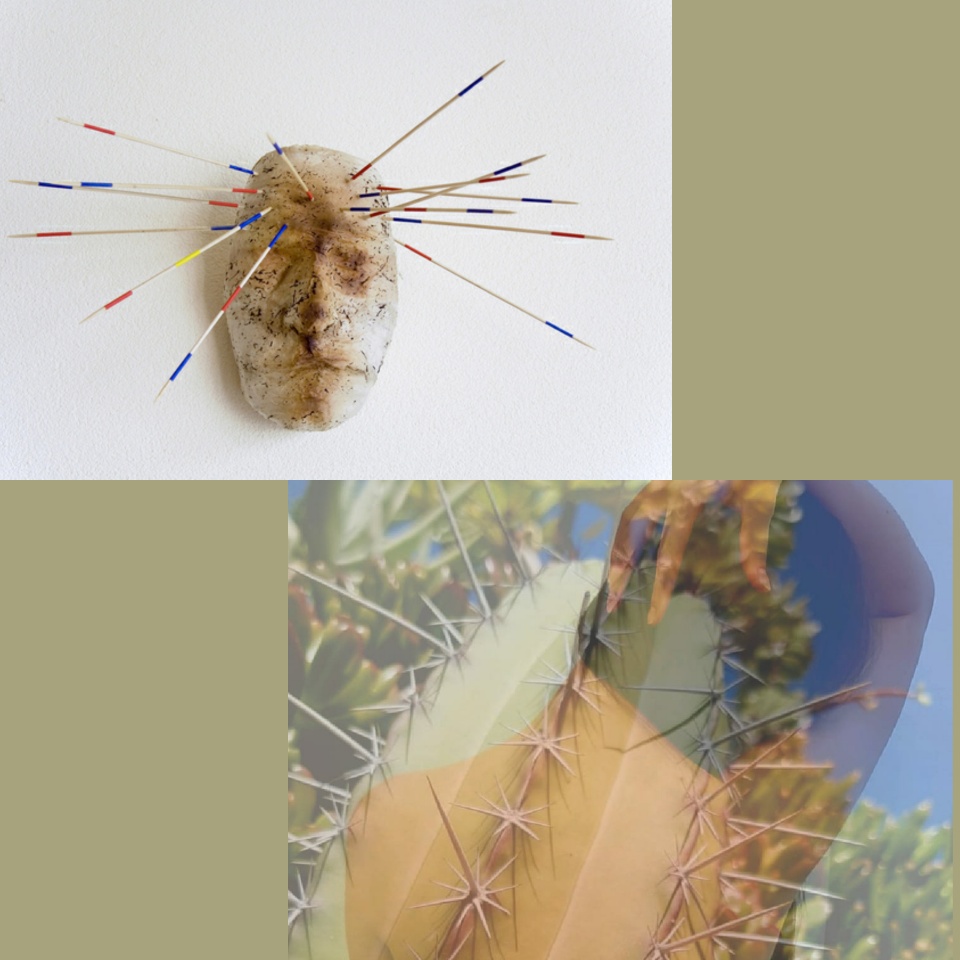Pain platform
Book appointment
The Analytical pain method was designed to improve your daily pain, prevent future degeneration and surgeries, prohibit the misalignment of your spine / skeleton, improve the blood circulation for Diabetic and those suffering from neuropathy and SO much more.
Living with daily pain is not normal and can worsen if left untreated. This method is designed to reduce your pain from 8/10 to 4/10 and working to 0/10.
Name your pain -
Understanding and been able to explain your pain, is fundamental in resolving pain. If you understand your pain, you can describe it better. Knowledge is power. Knowing your pain gives you an understanding of what’s happening in your body; what’s causing the pain?, what can you change?, and how can you manage it?.
There are 4 main types of pain –
- Functional pain – pain the occurs due an unknown origin
- Neuropathic pain – pain caused by your body’s nerves (normally get this information from a Doctor)
- Inflammatory pain - pain caused by the body’s immune response (area is swollen and may be a little red)
- Nociceptive pain – pain caused by injury to the body tissue.
To help name your pain, try answering the following questions-
Question 1 – Provocation / palliation
What were you doing during onset, what provokes your pain? What alleviates the pain?
Question 2 – Quality / Quantity
What does the pain feel like? Is sharp, dull, stabbing, throbbing etc? How often does the pain happen?
Question 3 – Region / Radiation
Where is the pain located? Does the pain radiate? If so, which direction and to where does it radiate? Is the pain on both sides of the body or side specific?
Question 4 – Severity Scale
How much does it hurt (on average) on a scale 1 to 10? 1 been noticeable and 10 be can’t focus on anything else but this pain.
Question 5 – Timing
Does the severity or character of the pain change based on the time of the day, your activities, the weather, time of year or position you lay or sit in?
The difference between acute and chronic pain.
Acute pain is pain that last from 3 to 6 months. This is the body's way of alerting you to an injury whether internal or external. This injury can be tissue damage, inflammation or disease process. It lasts for a specific time, fading when whatever caused the pain has healed or been resolved.
Chronic pain is pain lasting more than 12 weeks, it can be persistent and becomes more difficult to treat the longer you wait.
Acute pain comes before chronic pain. Acute pain, if left untreated results in chronic pain, by means of sensitization. Sensitization is the repetitive exposure to a stimulus resulting in an increased response to that stimulus.
Most pain can be successfully treated by a multimodality or combined approach based on the type or types of pain involved.